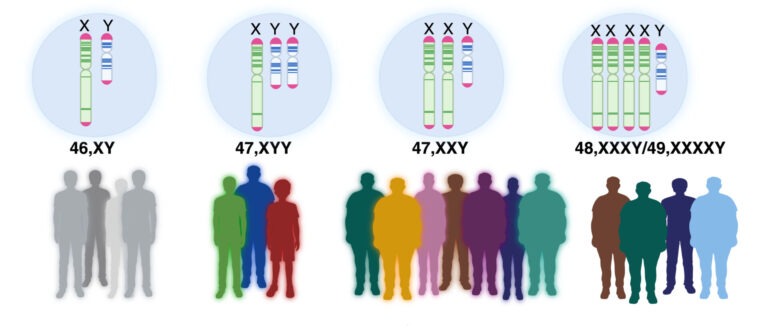Bioscience
The hidden order in DNA diffusion
The movement of DNA molecules seemingly explained by random motion conceals a more orderly march.


A new single-molecule tracking method based on fluorescence molecular imaging revealed nonrandom motion of DNA molecules.
© KAUST Anastasia Khrenova
A different approach to analyzing the motion of diffusing molecules has helped overturn the long-held assumption that DNA molecules move in a haphazard way. KAUST researchers reveal for the first time that DNA molecules move not by random Brownian motion but by a nonrandom walk related to polymer dynamics in a way that conserves overall Brownian characteristics.
“Brownian motion is a process whereby molecules move randomly in a fluid by colliding with other molecules,” explains Maged Serag, a postdoctoral researcher at KAUST. “In living cells, Brownian motion allows molecules to move rapidly and efficiently between cell organelles and interact with other molecules.”
For many decades, scientists have used a relatively simple test to determine whether molecular diffusion is Brownian: when the mean-square displacement of a population of molecules increases linearly over time. In a uniform medium like pure water, this means that a drop of saline solution will expand at a rate that makes the mean-square displacement increase linearly with time.
DNA conforms to this macroscale diffusion behavior, and so it has been assumed that its motion is Brownian like other molecules. However, it is also known that DNA, being a long polymer molecule, writhes spontaneously due to intramolecular forces.
“The DNA molecule can be viewed as a semiflexible chain,” said Serag. “If we follow its motion at short timescales and in a space close to its size, we see worm-like motional behavior.”
Serag’s advisor at KAUST, Satoshi Habuchi, set out to see whether this writhing motion could affect the diffusion of DNA.
“Dr. Serag came up with a unique idea to describe the motion of a molecule based on the probability of occupying lattice sites rather than by mean-square displacement,” says Habuchi. “Mean-square displacement has been the standard method to detect deviation from Brownian motion, but it does not reveal any nonrandom motion for DNA molecules. By using this probabilistic approach instead, we were able to detect and quantify hidden nonrandom motion.”
By developing a new theoretical framework in which motion is modeled in a step-wise manner accounting for molecular flexing, DNA molecules were found to move nonrandomly with varied speed and molecular track in a way that precisely conserved the Brownian linear mean-square displacement.
“The most important result of this study is that we have demonstrated that a linear mean-square displacement does not always indicate underlying Brownian motion,” explains Habuchi. “With this new theoretical framework, we can detect the nonrandom motion of single molecules that cannot be captured by conventional mean-square displacement analysis.”
References
- Serag, M. & Habuchi, S. Conserved linear dynamics of single-molecule Brownian motion. Nature Communications 8,15675 (2017).| article
You might also like

Bioscience
Cell atlas offers clues to how childhood leukemia takes hold

Bioscience
Hidden flexibility in plant communication revealed

Bioscience
Harnessing the unintended epigenetic side effects of genome editing

Bioscience
Mica enables simpler, sharper, and deeper single-particle tracking

Bioengineering
Cancer’s hidden sugar code opens diagnostic opportunities

Bioscience
AI speeds up human embryo model research

Bioscience
Sex chromosome overload sparks to a common developmental faultline

Bioscience



